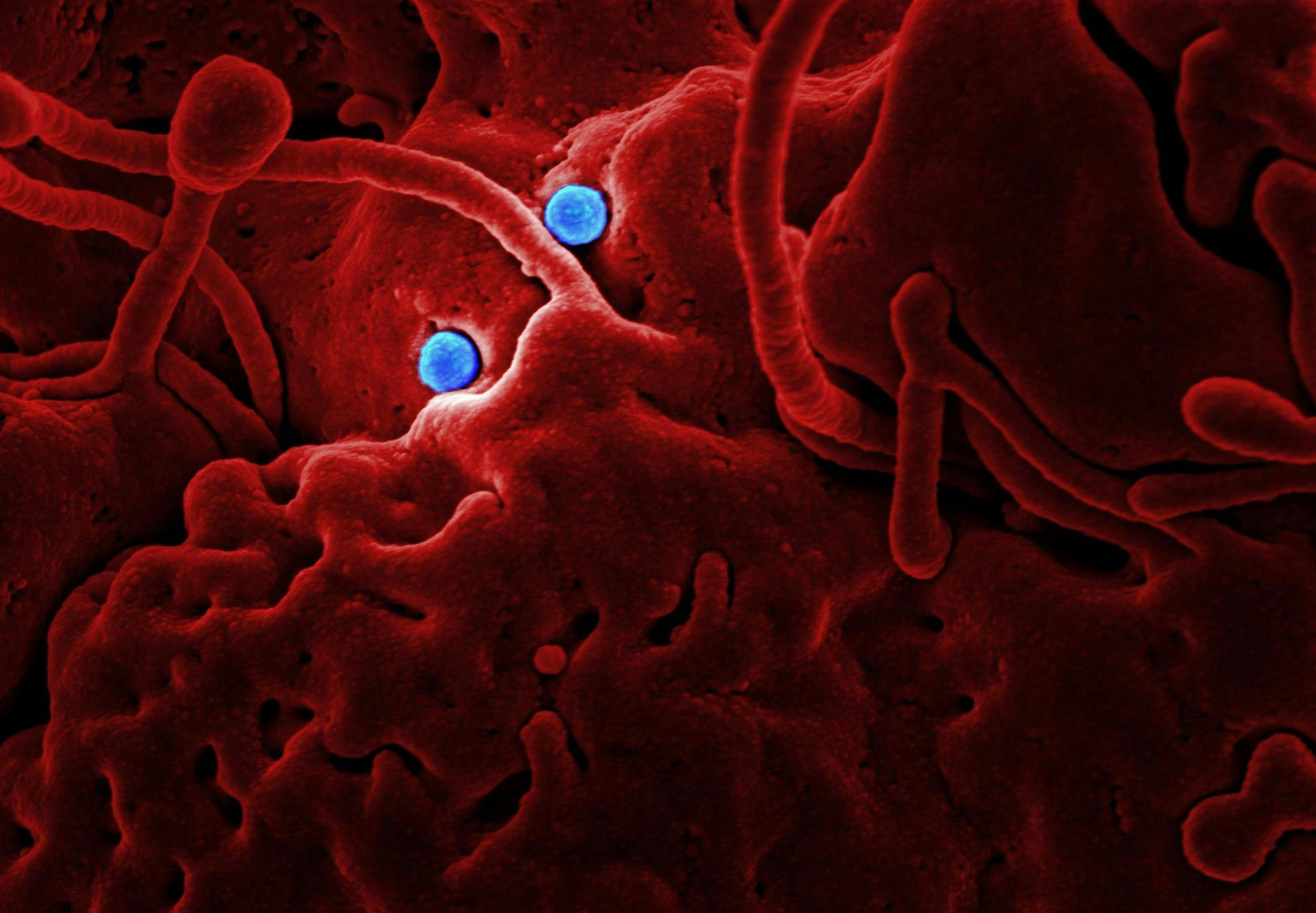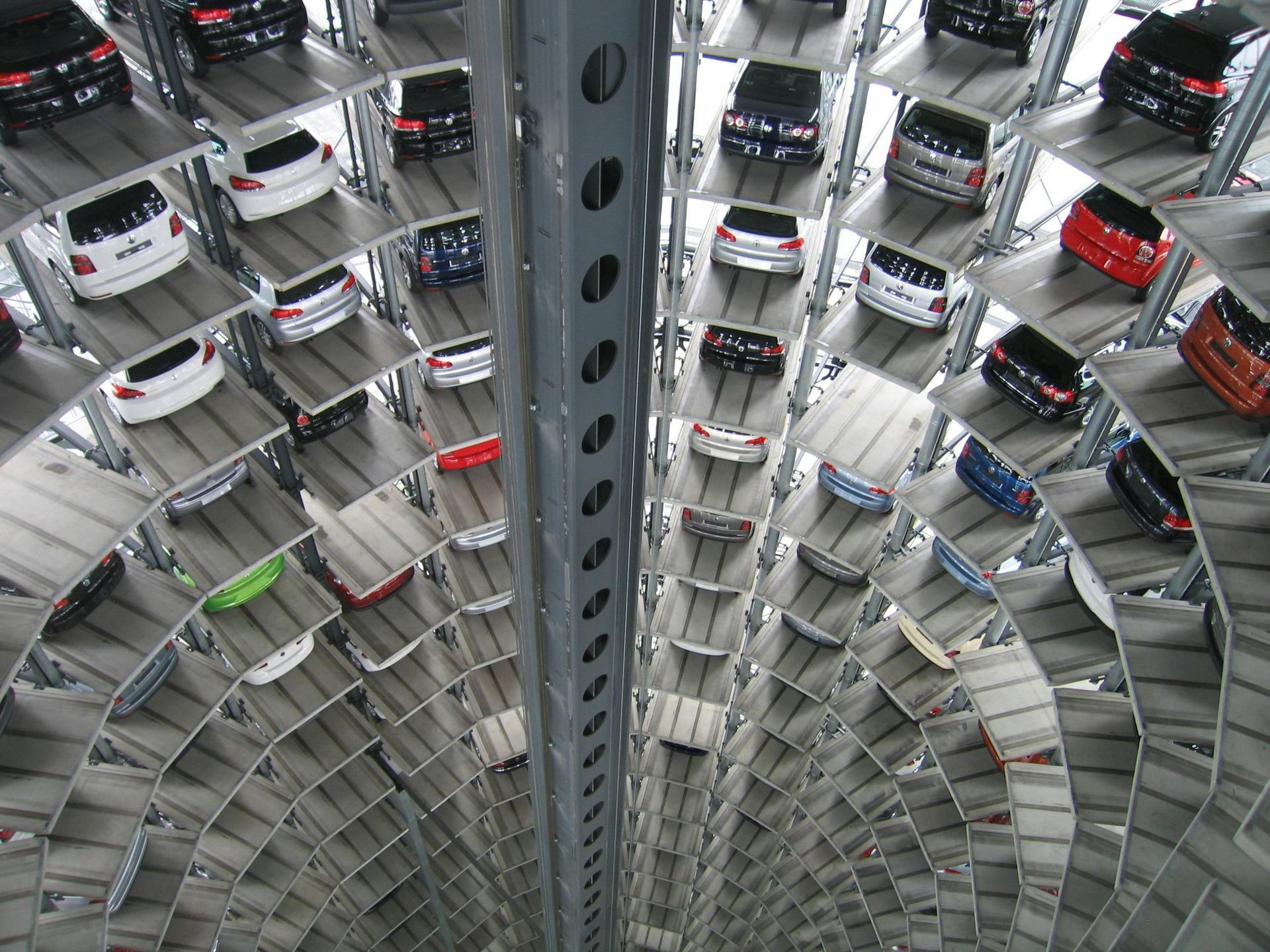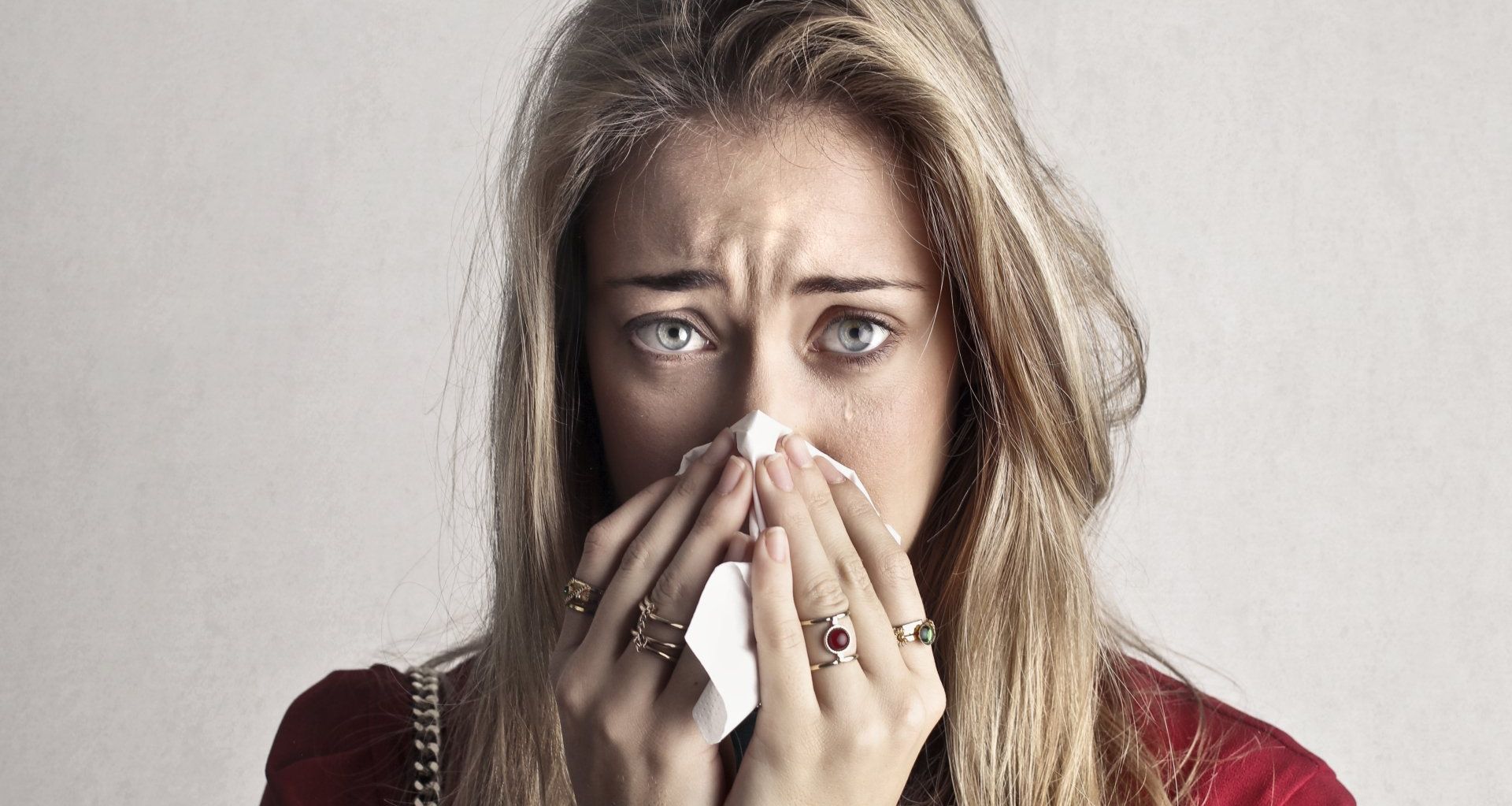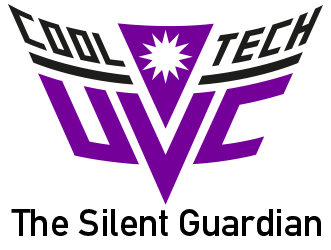WARNING!
Fogging and misting are NOT recommended for Covid-19

Around the world, people are pulling out the stops to find new ways to keep us safe from Covid-19. Some of their ideas and innovations and brilliant. Others are deeply flawed, and that makes them dangerous.
There's been a lot of talk about 'fogging' and 'misting', and a plethora of new websites have spring up to promote the technology in a Covid-19 context. But fogging and misting are not at all suitable for disinfecting against the novel coronavirus. In fact it's such a bad idea that the WHO – the World Health Organisation – has released a formal warning about it. Here's what you need to know.
Covid-19 - The application of disinfectant using fogging or misting
The WHO's report documents concerns around the application of disinfectants using fogging or misting.
As they say:
“In indoor spaces, routine application of disinfectants to environmental surfaces by spraying or fogging (also known as fumigation or misting) is not recommended for COVID-19.
One study has shown that spraying as a primary disinfection strategy is ineffective in removing contaminants outside of direct spray zones. Moreover, spraying disinfectants can result in risks to the eyes, respiratory or skin irritation and the resulting health effects.
Spraying or fogging of certain chemicals, such as formaldehyde, chlorine-based agents or quaternary ammonium compounds, is not recommended due to adverse health effects on workers in facilities where these methods have been utilised.”
Irish government bans fogging and misting for Covid-19
The government in Eire has taken the risks behind fogging and misting seriously, and has banned their use for disinfecting Covid-19.
So far no biocidal products have been approved for use in controlling Covid-19 infection through fogging, misting, atomisation or aerosol devices. If a company wants to use chemicals for fogging or misting, they must first provide the following detailed information about the products they want to use, to the Irish Ministry of Agriculture:
- Dermal, oral and inhalation limits for the active parts of the product
- Dermal, oral and inhalation limits for any other 'substances of concern' in the product
- A relevant risk assessment addressing a professional applying the product, disposing of products or empties, cleaning and maintaining the application system, and any bystanders using treated areas
It's possible that engineering controls or PPE can be used to mitigate exposure, but that's something the company in question also needs to address in their risk assessment.
Why the The UVC LED option is best
There's no need for sub-standard solutions like fogging / misting when there are UVC LED lights available, proven to work and chemical free, a great no-maintenance sanitation solution.
- Proven to Kill 99.9% of pathogens and viruses.
- Chemical-free
- No refills or replacements needed
- Quick turnaround - Depending on the size of the room and unit used we can disinfect up to 99.9% of a 25 square metre space in less than 4 minutes
- Mobile. So great for large and small rooms, operating rooms and clinical settings
- Easy to use, no special training required
- Eco friendly
- Durable
UVC LED technology is quite simply one of the best long term solutions for the healthcare industry. It works every time, it works beautifully, and it will stand the test of time.
Download the full WHO report here
If you'd like to read the entire document, click here to download it from the WHO website.
If you'd like to discuss what our UV lights can do for you, and find out more about the science behind them, feel free to contact us. There's no obligation and we're happy to say the products we sell are highly effective and scientifically proven to work, as well as surprisingly affordable compared to some of our competitors. Let's talk disinfection!










